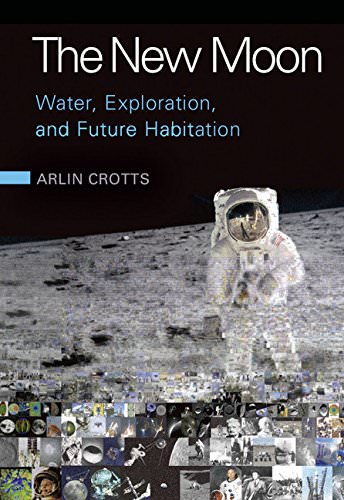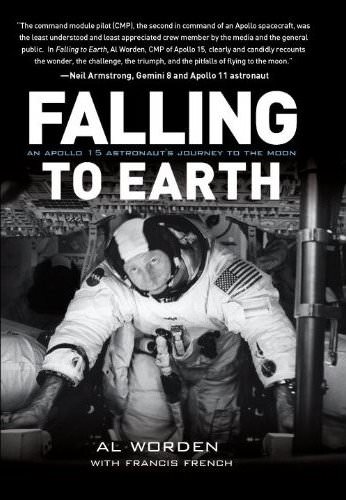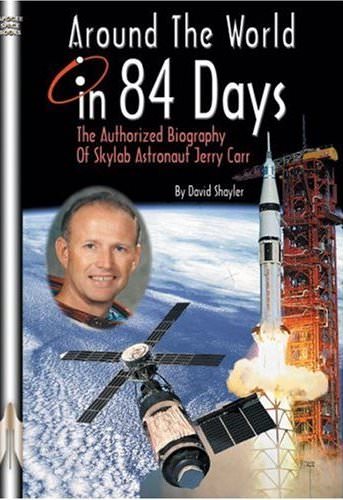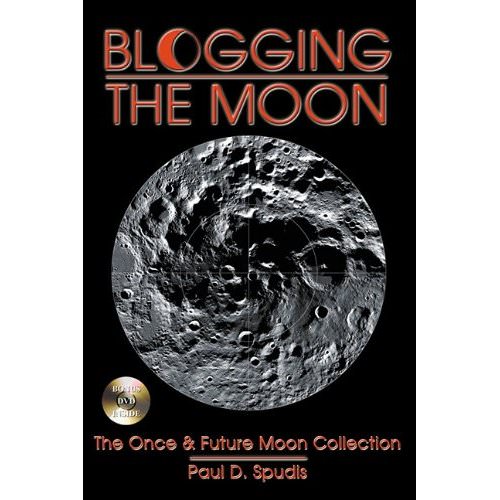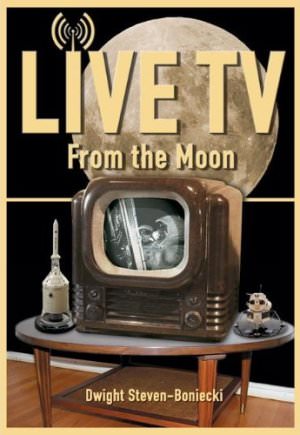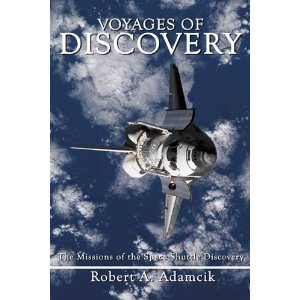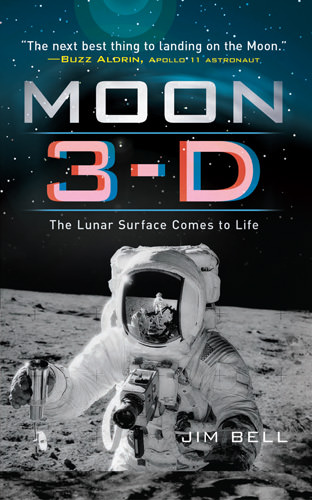You’ve watched Star Wars and Star Trek and you believe people are destined to live in space. Heck, we’ve even got a laboratory orbiting a few hundred kilometres over our heads so we must be on the way. But are we? Well, according to Arlin Crotts in his book “The New Moon – Water, Exploration, and Future Habitation” we need to take the next step. That step is to firmly place us upon our own Moon. Nope, it’s not Mars, not Venus, not some tethered asteroid from who knows where. If our species wants to grow, hey, even to survive, then according to Crotts, we need to be Moon-bound and the sooner the better.
So you ask yourself, “What’s so exciting about our Moon?” Start into this book and you will quickly find answers. Reading almost as a compendium of human interaction with our grand satellite, the book takes the reader on a journey through history, literature, geology, chemistry and politics. Whether considering the eloquent recitation between Romeo and Juliet while bathed in moonlight or xenophobic ranting about restrictions due to ITAR, the book shows that the Moon has had a significant impact upon both humans and the Earth.
In a sense, this is the strongest element of the book in that it is a very well referenced, directed resource from the time of Theia to today. Sometimes the details get very precise, as with its careful explanation of Precambrian rhythmites or the amount of KREEP in anorthositic crust. If you’re interested in the chemical composition of serpentine Mg3Si2O5(OH)4 or the wonders of Drake’s equation, you will find wonderful explanations in this book. Just take care, the index is somewhat light for the amount of factual information and you may find yourself asking “where exactly was that description of bright lights coming out of Aristarchus?”.
With all this detail, you’d be thinking that the book comes to some wonderful revelation or conclusion. Sadly, you will be mistaken, as the lack of purpose is one of the book’s major short comings. Most telling is the author’s explanation for writing the book, as provided on its jacket: “Having observed objects as distant as ten billion light years and as close as the Moon, he finds the problems of lunar science particularly intriguing.”
Well, yes, the problems are indeed intriguing but, as noted in the book, research for research’s sake is unlikely to get funding. So, this book doesn’t present the reason or way for funding lunar research, even if that is the presumed best way forward. Yes, the book has lists on why humans should return to the Moon and lengthy discussions on the respective values of robotic and human explorers, but it does not give any certain direction.
The second concern with the book is its nationalistic perspective. The book comes with the view of someone from the United States; the greatest space exploring nation of all as it says. Russia is considered a wannabe, while China and Europe are simply recent upstarts. There is acknowledgement that the International Space Station is a successful collaboration of nations. But the purported solution to the lunar enigma is presented as just needing Obama, the TEA party and the Republicans to play nice. The reader may not agree with this view.
However, for providing a huge amount of information for the Moon, a reader need look no further than Arlin Crotts in his book “The New Moon – Water, Exploration, and Future Habitation “. Reading it will make you a champ at Trivial Pursuit – the Lunar Edition. If you delve between the lines, you may also find yourself wondering just what the future has in store for humankind; a moribund future rocking in the cradle of Earth or a future prospering with greater challenges, higher technology and endless potential.

